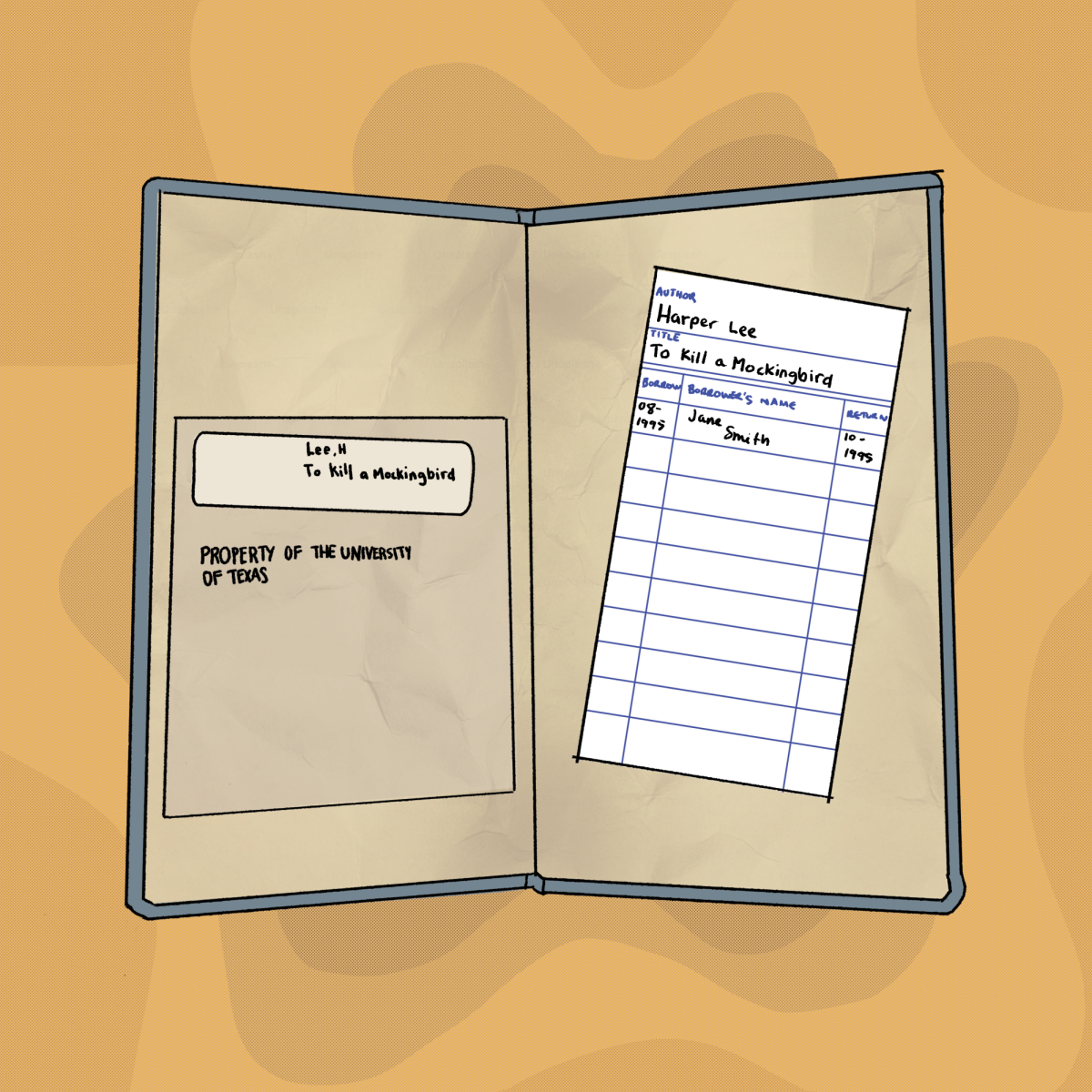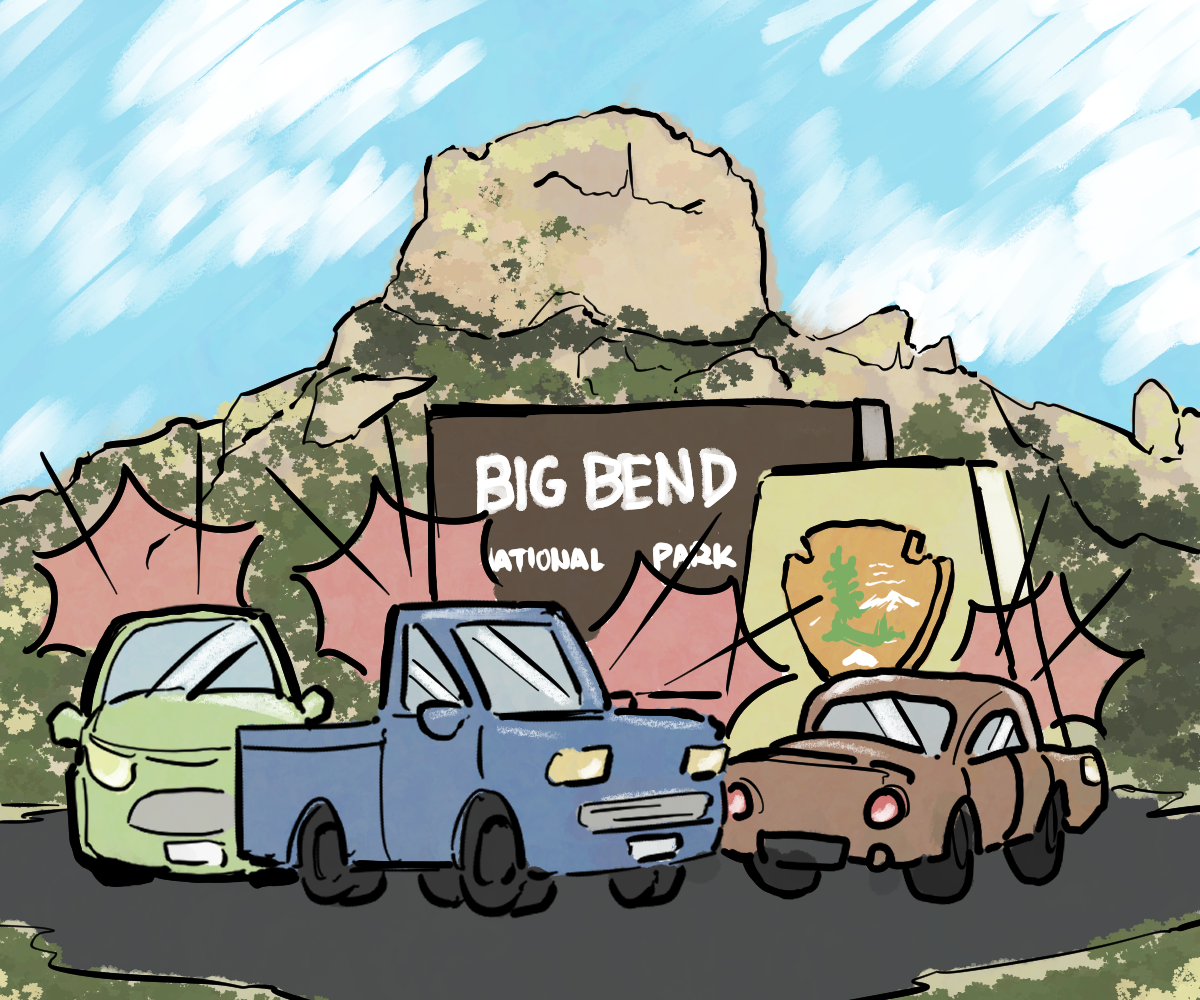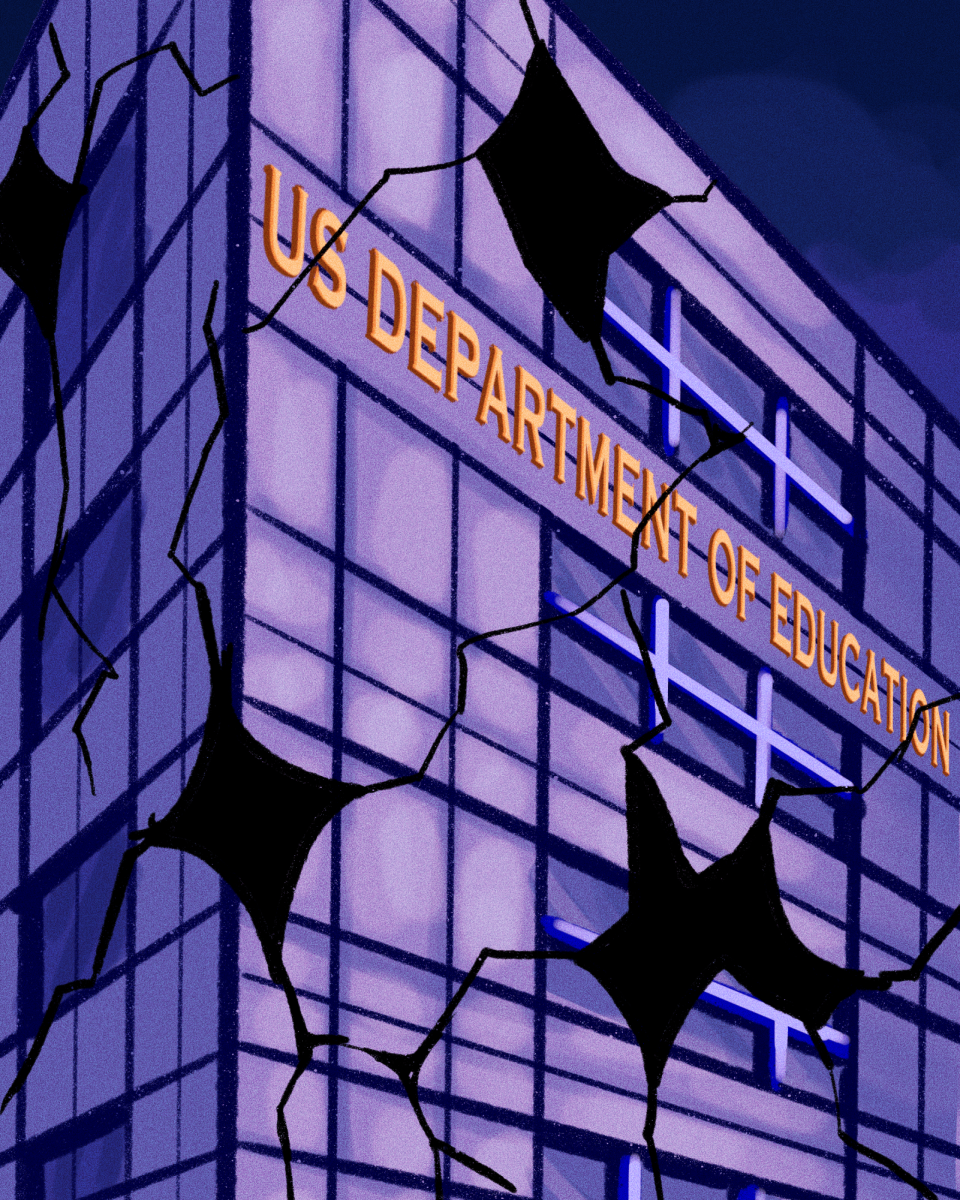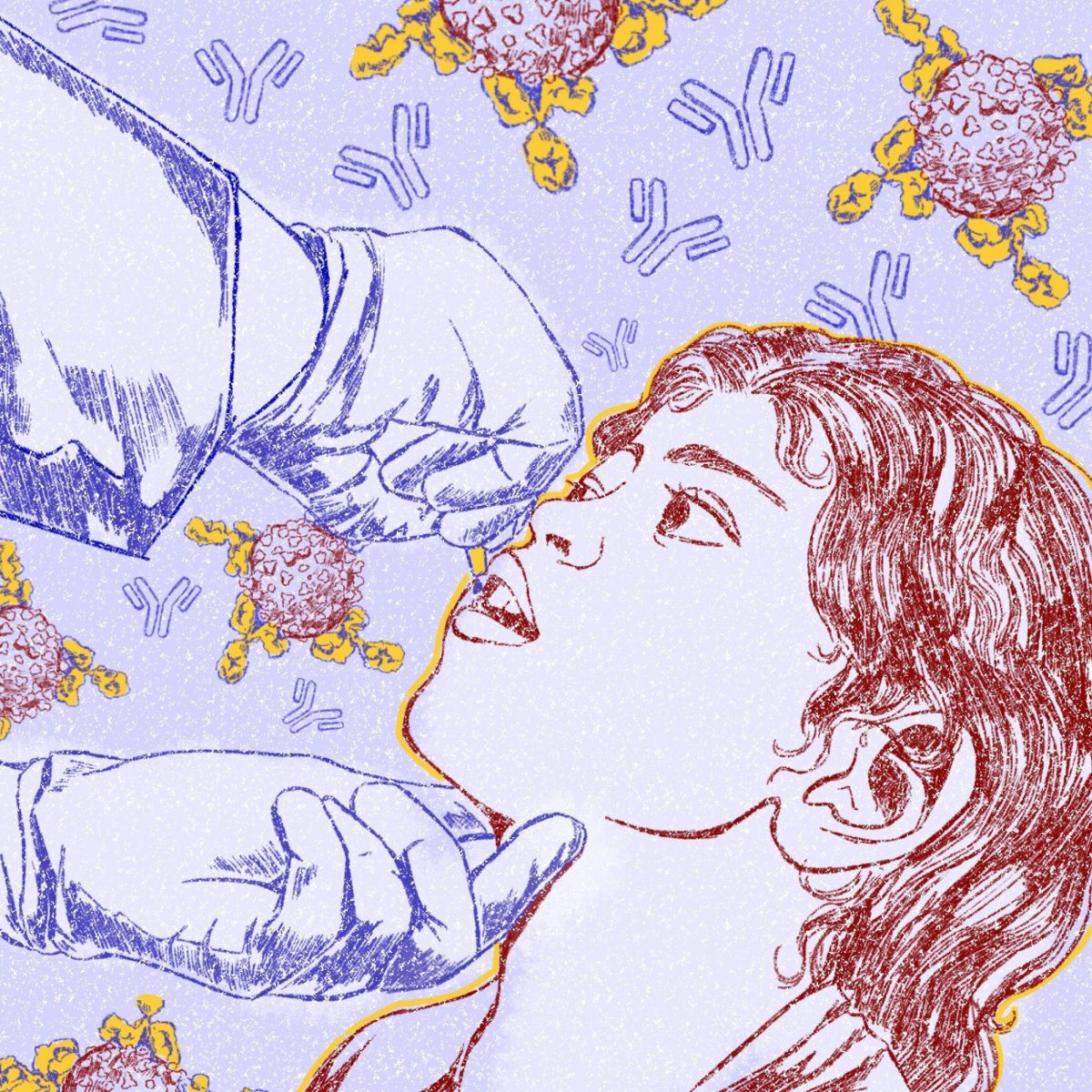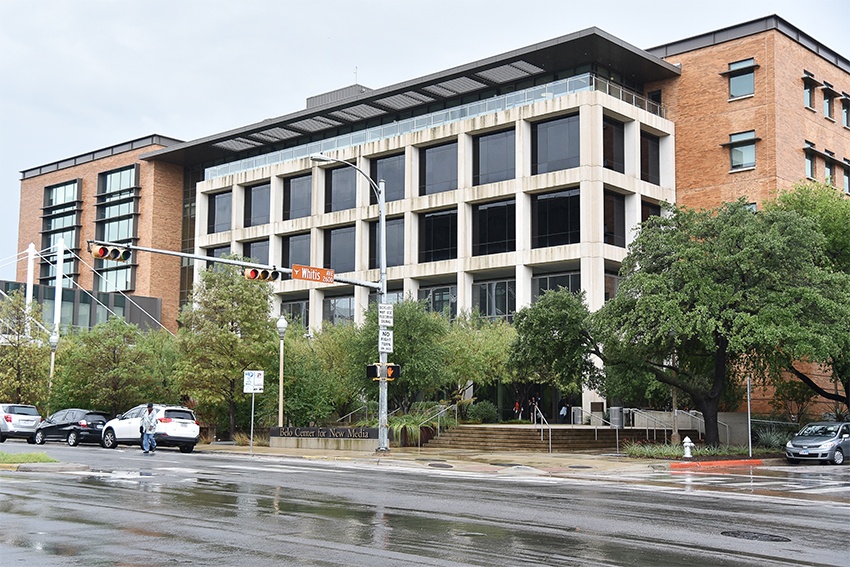The recent Student Government blood drive could provide relief for more than 130 victims of this spring’s deadly storms.
Tornadoes ravaged Tuscaloosa, Ala., in April and Joplin, Mo., in May, leaving dozens dead and many more injured. After the disasters, University-wide representative Yaman Desai authored a resolution in honor of the victims.
“We just wanted to give support and give them help whatever way we could, and we found out this was the best way we could do it,” Desai said, regarding the blood drive which took place Tuesday and Wednesday.
He said it was a great way for students to help save lives and only takes about 40 minutes of their day. Nursing representative Jaclyn Rosenthal contacted the American Red Cross because she wanted the donations to have a national impact.
“Blood drives are a great way to help disaster-relief efforts because the national blood bank needs to be quickly replenished,” she said.
The Red Cross provided the trailer and supplies needed for the drive with no cost to SG.
Jessica Amaro, donor recruitment representative of the American Red Cross, said contrary to misconceptions, anyone can donate as long as they are at least 17 years of age and in reasonably good health. Donors are tested by the Red Cross to determine their health status and avoid collecting blood that might contain harmful pathogens. Eligible donors’ blood goes to a Red Cross laboratory in Dallas the morning after donation and is analyzed to determine whether the relief organization can use the blood.
Amaro said the blood collected here usually stays in Texas, but it can be shipped to other states in periods of critical shortage. She said although the disasters happened weeks ago, many victims suffered traumas that require multiple surgeries. The blood from the SG drive will go to hospitals in Missouri, Alabama and Texas.
“When people think ‘blood’ they think immediate, but it’s not always immediate,” Amaro said.
She said 10 to 15 percent of blood comes from high school students and colleges, which means a decrease during summer months. Amaro said the Red Cross and SG hoped to collect 50 units during this drive, but she was satisfied with the 46 units it brought in. Each unit of blood can save about three lives.
History senior Eric Ramos said he has donated since he was 17 because his blood type is O negative. People with O negative are universal donors, so their blood will be used in cases where it is impossible to determine the blood type of an injured person.
“Whenever there’s a blood drive on campus I stop by and donate,” Ramos said. “It’s just my way of helping out.”
He said he donates about six to seven times a year but still hasn’t gotten used to needles, and blood banks usually try to contact him because of his uncommon blood type.
Printed on 06/30/2011 as: Student Government hosts blood drive

